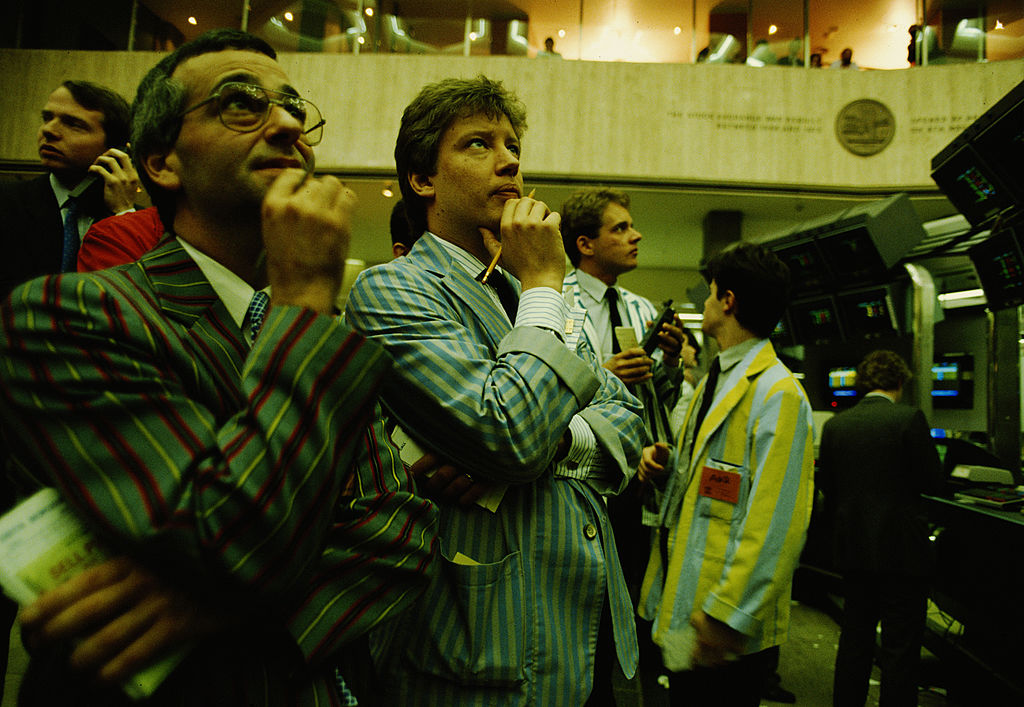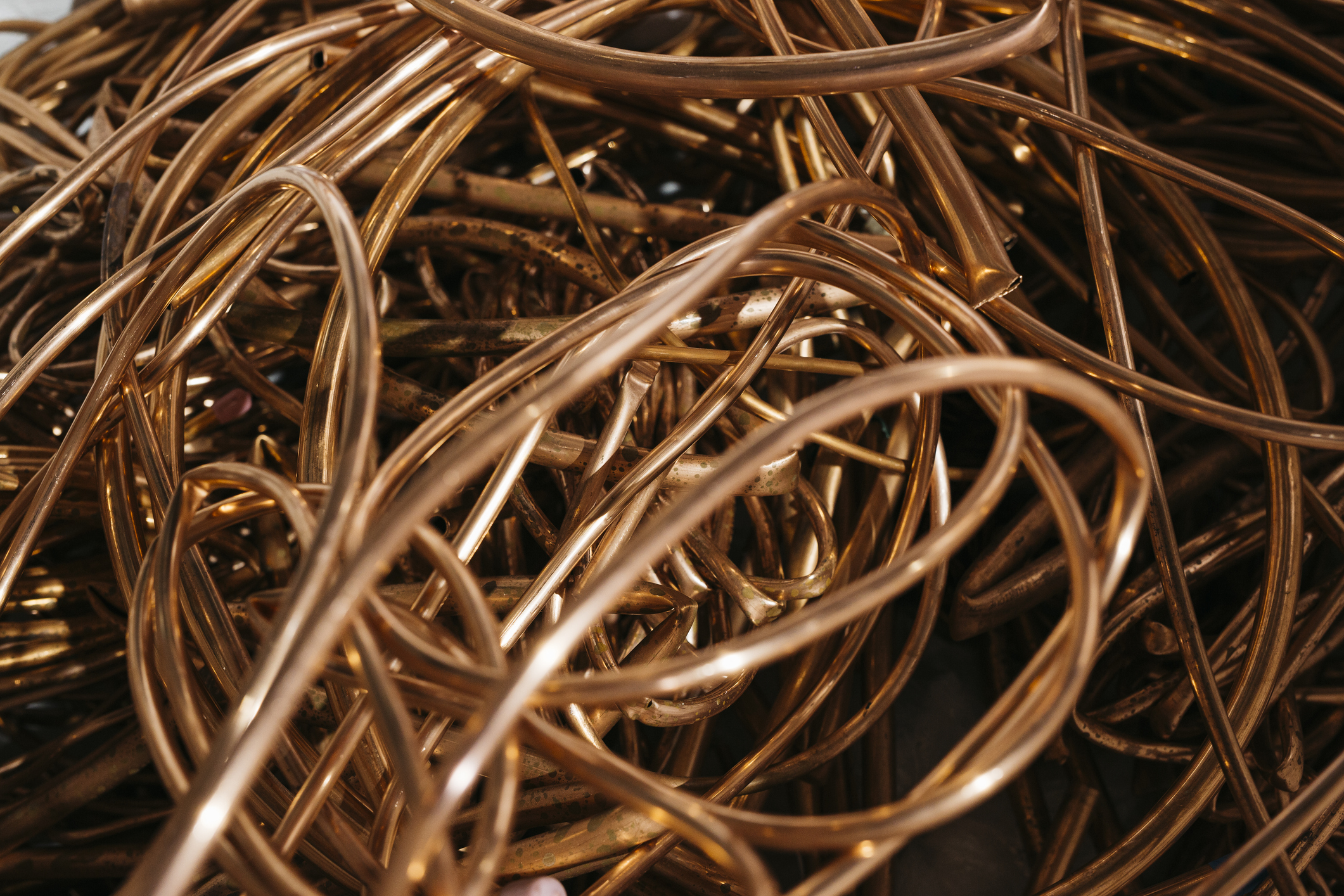Why it’s vital to keep an eye on your costs when investing
Costs are one of the few aspects of investing that you have control over. Be sure to use that to your advantage, says John Stepek.

Investing involves making assumptions about the future. That’s unavoidable. We’re not talking here about trying to time the market in the short-term. We’re talking about the long-term decisions you make about how much to invest and what assets to invest in. These choices contain implicit (and sometimes explicit) assumptions about the likely direction of inflation and interest rates, about your own life expectancy, about politics, and about the range of returns you might expect to make from a given mix of assets. All of these factors are, unfortunately, out of your control.
However, one key aspect of investing is very much under your control, and it can make a huge difference to your returns. That’s your cost of investing. To take a simple example, if you invest £200 a month over 25 years at an annual return of 6%, with average costs of 0.5% a year, you’ll end up with a pot of just over £126,000. If you do the same thing at a cost of 1.5%, you’ll have just over £109,000. That’s a £17,000 difference that is a lot better in your pocket than in the financial industry’s. So what should you be looking at?
Three ways to maximise value
For most investors, there are three key areas to consider to ensure you’re getting value for money. First, there’s the cost of your investments themselves. Funds come with management fees and running costs. The ongoing charges figure (OCF) – see below – gives you some idea of what these are. But for most investors, the key distinction is in the type of fund. Passive funds – which just track an underlying index – will almost always be significantly cheaper than active funds (which try to beat an index, but mostly fail to do so). Active funds can be worth the cost, but unless you have a specific reason for choosing one, then passive should be your default.
MoneyWeek
Subscribe to MoneyWeek today and get your first six magazine issues absolutely FREE

Sign up to Money Morning
Don't miss the latest investment and personal finances news, market analysis, plus money-saving tips with our free twice-daily newsletter
Don't miss the latest investment and personal finances news, market analysis, plus money-saving tips with our free twice-daily newsletter
Secondly, there’s the costs incurred in owning and running your portfolio via an investment platform. There is no one-size-fits-all best option (see here for Cris Sholto Heaton's look at what to consider when investing overseas, for example), but you should look at the cost of the tax wrapper (ie, what the platform charges you for your Individual Savings Account or Self-Invested Personal Pension), and the cost of buying and selling the funds you want to own. As a rule of thumb, fixed charges are usually best for those with large portfolios, while percentage fees work best while your portfolio is still relatively small.
Finally, there’s advice. Most people can run a simple passive long-term portfolio unaided. But if you don’t want to do that, the range of cheap services that will do it for you is growing rapidly. Vanguard’s recently launched financial-planning product will build you a core portfolio of tracker funds for an all-in cost of 0.79% a year. If your needs are simple then that’s a useful benchmark to use if comparing costs elsewhere.
I wish I knew what the OCF was, but I’m too embarrassed to ask
The ongoing charges figure (OCF) shows the annual running cost of a given fund, expressed as a percentage; or, as the Association of Investment Companies puts it: “It is the annual percentage reduction in shareholder returns as a result of recurring operational expenses assuming markets remain static and the portfolio is not traded”. It replaced the total expense ratio (TER), though you’ll still find the latter term used, and there are very few differences between them.
The OCF is made up of the fund manager’s fees for running the portfolio – the annual management charge (AMC) – plus other costs, such as administration, marketing and regulation. Even though the OCF is deemed (for now) to be the best measure of costs, it’s not comprehensive. That’s partly because it’s historic – there are certain costs that can only be known for sure after they’ve been incurred.
So for example, the OCF contains no trading costs – such as broker commissions for buying and selling shares, or to take into account the “spreads” between the buying and selling prices of investments, or for stamp-duty charges. As a result, a “high turnover” fund – ie, one that does a lot of buying and selling – could end up being more expensive in practice than a low turnover one that has a higher OCF. The OCF does not contain the impact of any performance fees either, although this should be easy to track down in fund documentation (and in most cases, you shouldn’t be buying funds with performance fees anyway).
In short, the OCF isn’t a comprehensive guide to fees, but for an active fund, if you want more detail, you’ll have to dig to find it. For a passive (or tracker) fund, the other key cost-related variable to look at is the “tracking difference”. This shows the gap between the tracker’s performance and that of the index it is designed to track, and thus gives an idea of the true impact of total costs on the fund’s performance.
Get the latest financial news, insights and expert analysis from our award-winning MoneyWeek team, to help you understand what really matters when it comes to your finances.
John Stepek is a senior reporter at Bloomberg News and a former editor of MoneyWeek magazine. He graduated from Strathclyde University with a degree in psychology in 1996 and has always been fascinated by the gap between the way the market works in theory and the way it works in practice, and by how our deep-rooted instincts work against our best interests as investors.
He started out in journalism by writing articles about the specific business challenges facing family firms. In 2003, he took a job on the finance desk of Teletext, where he spent two years covering the markets and breaking financial news.
His work has been published in Families in Business, Shares magazine, Spear's Magazine, The Sunday Times, and The Spectator among others. He has also appeared as an expert commentator on BBC Radio 4's Today programme, BBC Radio Scotland, Newsnight, Daily Politics and Bloomberg. His first book, on contrarian investing, The Sceptical Investor, was released in March 2019. You can follow John on Twitter at @john_stepek.
-
 Will HMRC block money market funds from the stocks and shares ISA allowance?
Will HMRC block money market funds from the stocks and shares ISA allowance?Cautious investors looking for cash-like returns could be prohibited from using money market funds in a stocks and shares ISA under new ISA rules from HMRC. What could it mean for you?
-
 Nationwide: House price growth slows but market remained resilient despite Budget worries
Nationwide: House price growth slows but market remained resilient despite Budget worriesThe average price of a house in the UK was £272,998 in November, as annual house price growth slowed to just 1.8%, Nationwide said.
-
 Big Short investor Michael Burry closes hedge fund Scion Capital
Big Short investor Michael Burry closes hedge fund Scion CapitalProfile Michael Burry rightly bet against the US mortgage market before the 2008 crisis. Now he is worried about the AI boom
-
 The global defence boom has moved beyond Europe – here’s how to profit
The global defence boom has moved beyond Europe – here’s how to profitOpinion Tom Bailey, head of research for the Future of Defence Indo-Pac ex-China UCITS ETF, picks three defence stocks where he'd put his money
-
 Profit from a return to the office with Workspace
Profit from a return to the office with WorkspaceWorkspace is an unloved play on the real estate investment trust sector as demand for flexible office space rises
-
 New frontiers: the future of cybersecurity and how to invest
New frontiers: the future of cybersecurity and how to investMatthew Partridge reviews the key trends in the cybersecurity sector and how to profit
-
 An “existential crisis” for investment trusts? We’ve heard it all before in the 70s
An “existential crisis” for investment trusts? We’ve heard it all before in the 70sOpinion Those fearing for the future of investment trusts should remember what happened 50 years ago, says Max King
-
 8 of the best properties for sale with wildlife ponds
8 of the best properties for sale with wildlife pondsThe best properties for sale with wildlife ponds – from a 16th-century house in the Ashdown Forest, to a property on Pembrokeshire’s Preseli Hills
-
 Why a copper crunch is looming
Why a copper crunch is loomingMiners are not investing in new copper supply despite rising demand from electrification of the economy, says Cris Sholto Heaton
-
 Where to look for Christmas gifts for collectors
Where to look for Christmas gifts for collectors“Buy now” marketplaces are rich hunting grounds when it comes to buying Christmas gifts for collectors, says Chris Carter
